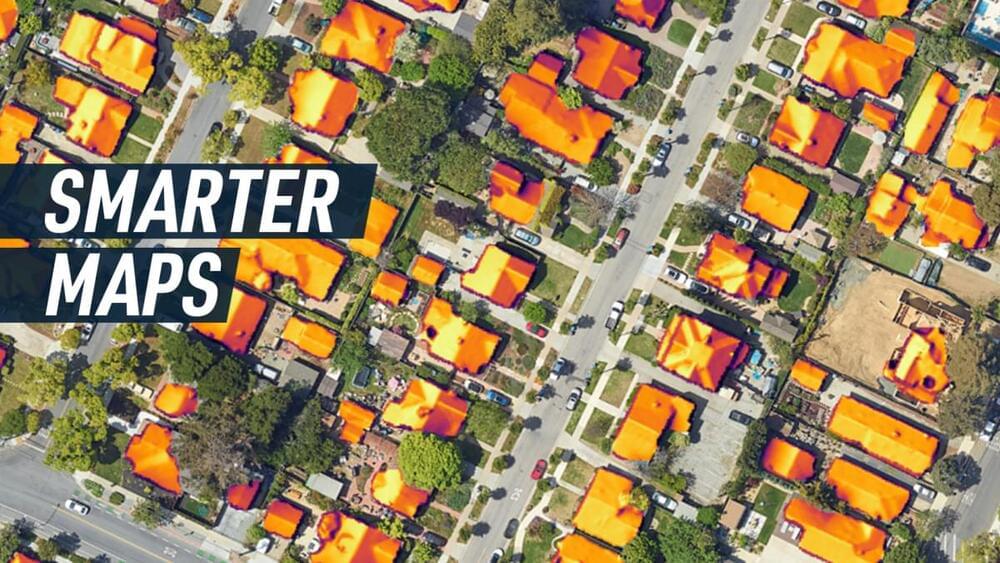Pro/Con Arguments | Discussion Questions | Take Action | Sources | More Debates
While humans have long thought of gods living in the sky, the idea of space travel or humans living in space dates to at least 1,610 after the invention of the telescope when German astronomer Johannes Kepler wrote to Italian astronomer Galileo: “Let us create vessels and sails adjusted to the heavenly ether, and there will be plenty of people unafraid of the empty wastes. In the meantime, we shall prepare, for the brave sky-travellers, maps of the celestial bodies.” [1]
In popular culture, space travel dates back to at least the mid-1600s when Cyrano de Bergerac first wrote of traveling to space in a rocket. Space fantasies flourished after Jules Verne’s “From Earth to the Moon” was published in 1,865, and again when RKO Pictures released a film adaptation, A Trip to the Moon, in 1902. Dreams of space settlement hit a zenith in the 1950s with Walt Disney productions such as “Man and the Moon,” and science fiction novels including Ray Bradbury’s The Martian Chronicles (1950). [2] [3] [4].


















